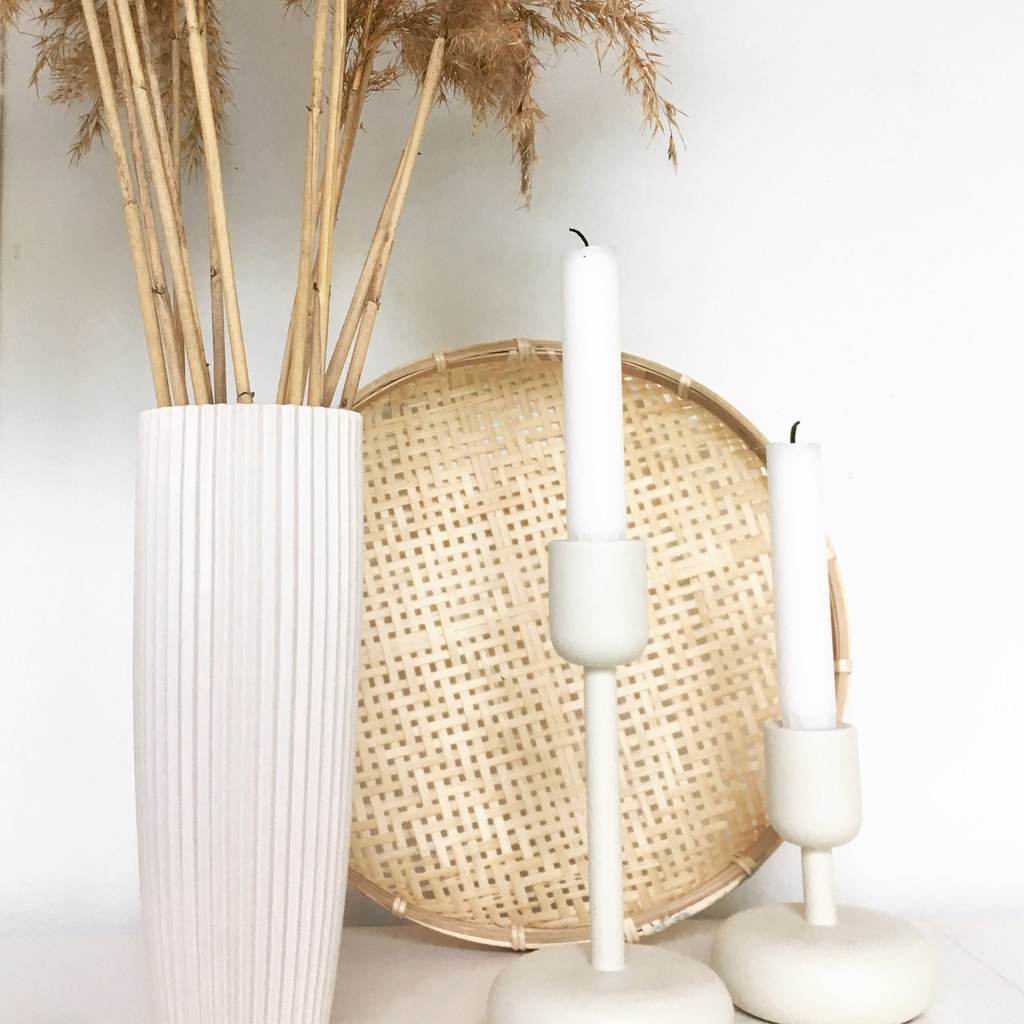Fiskars scissors, Moomin mugs and an Aalto vase? Maybe also striped towels from Marimekko and a stool with legs of bent plywood (be it Artek, or a replica). How about white kitchen cabinets, grey floor tiles in the bathroom, and one of those woven seagrass baskets, the ones with handles? A eucalyptus branch as decoration? The list continues, I keep on checking “yes, got it” item after item, amused at the realization that my home is indeed quite the cliché of Scandinavian modernism.

Such “Which of these items do you have in your home” lists have been circulating in both social and traditional interior decoration media. Apart from being just fun online tests, they also – in the eyes of a consumer researcher – illuminate some intriguing consumption phenomena. How come so many of us have all these same possessions in our homes? Even when we think that we make unique and personal choices and devote time and effort into making decisions about what we think looks good in our homes, the outcomes are surprisingly conformist. Why is that?
As a researcher, I have been trying to understand how we consume objects in the home through the concept of taste. That is, how we make judgements about aesthetic objects, what we prefer and what we find appropriate for a specific situation. What we find as tasteful versus bad taste. But to understand consumption, should we settle with the thought that “there is no accounting for taste”, that people’s tastes for consumption objects are just different and subjective, and thus rather impossible for a marketer to grip?
Not according to sociologists and culturally oriented consumer researchers, who claim that taste is a product of socialization, a practice, and a way for us to express social distinction through what, and also how, we consume. For instance, interiors that consist of just the “right” items can be judged as impersonal and catalogue-like, if they are not skilfully spiced up with the occasional second hand bargain or other item giving just that right personal tough, signalling the consumer’s ability to constitute a carefully curated combination of décor resources.
The social nature of taste practice is particularly visible in today’s media landscape where taste is to a lesser extent than before dictated by cultural authorities such as traditional lifestyle media like interior decoration magazines. Rather, various online platforms (Instagram, Pinterest, blogs and Facebook groups to name a few) have changed the field of taste-making, influence and persuasion, and allowed for the emergence of different taste regimes. Within such regimes, a specific aesthetic orientation – such as “Scandinavian modernism” I mentioned in the beginning, becomes collectively negotiated and reproduced by its members, through their choices of material objects for their homes (the “must have” products), in their doings (the ways to combine objects), and in the meanings they assign them.

Having done netnographic research of such consumption practices, one of the interesting things has been to notice how members often explicitly negotiate what “belongs” within the interior décor style in question and what doesn’t, which seems to support the theoretical idea of taste indeed being a social practice, where symbolic boundaries determine who does and does not belong to a group or class. For instance, if members post pictures from their homes with elements that are less aligned with the general understanding of Scandinavian modernism, like more colourful or decorative elements, the posters oftentimes do this in an almost apologetic manner (“This is not very Scandi-modern, but…) and at times, if members express willingness to sometimes see pictures of “something else than these white homes”, they may be hinted towards other aesthetic communities, such as groups for retro style decorators. In this sense, these ongoing and social taste practices give rise to very distinct market segments of home décor and furniture customers. And understanding these in sufficient depth is crucial knowledge for the marketing manager in this field.
Anu Norrgrann
Assistant Professor
Further reading
Arsel, Z., & Bean, J. (2013). Taste regimes and market-mediated practice. Journal of Consumer Research, 39(5), 899-917.
Arsel, Z., & Bean, J. (2018). Social distinction and the practice of taste. In Arnould, E.A. & Thompson, C.J. (Eds) Consumer Culture Theory. London: Sage, 276-294.
Syrjälä, H., & Norrgrann, A. (2019). “When your dog matches your decor” Object agency of living and non-living entities in home assemblage. Consumer Culture Theory (Research in Consumer Behavior, Volume 20). Emerald Publishing Limited, 39-54.
Photos: Anu Norrgrann
